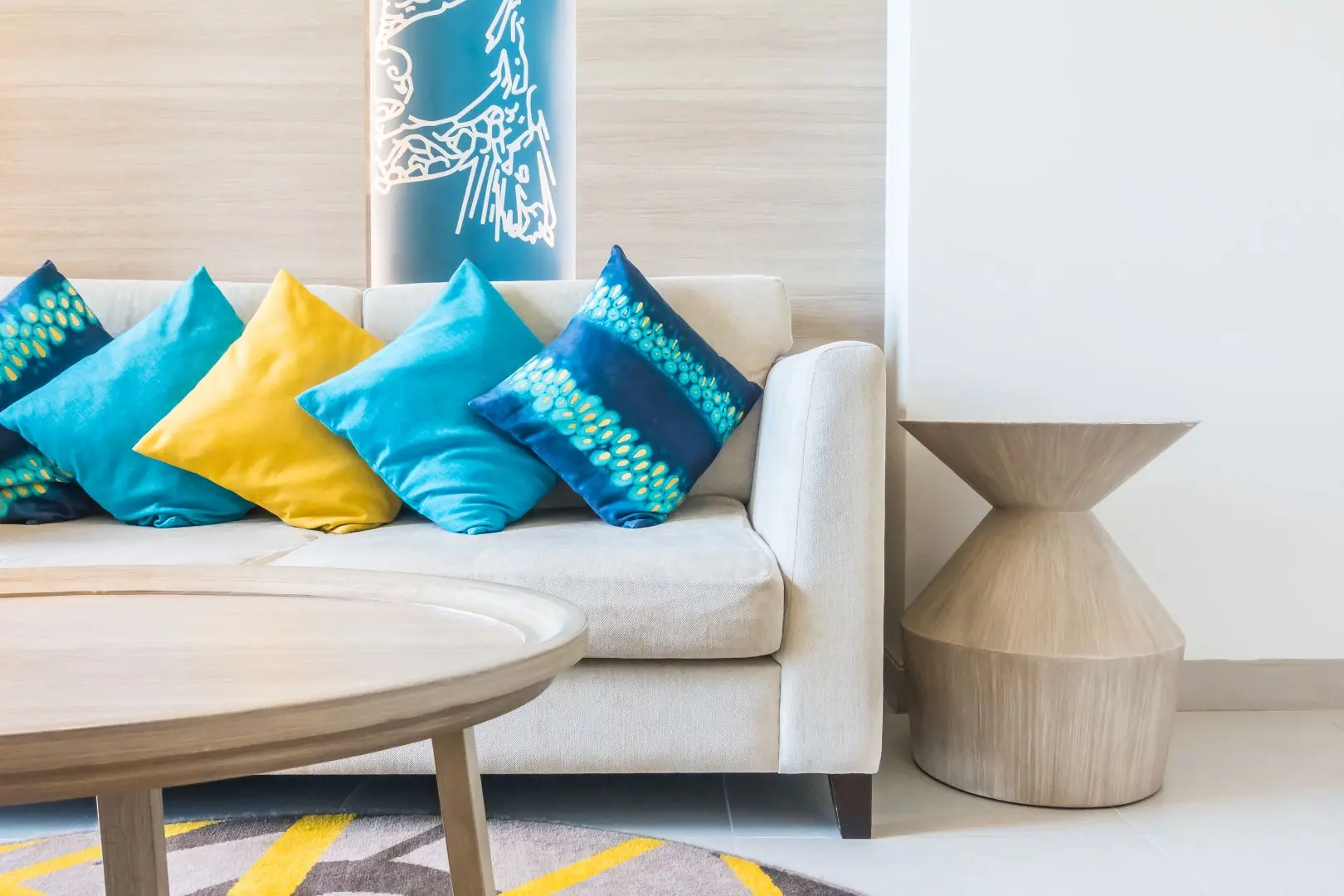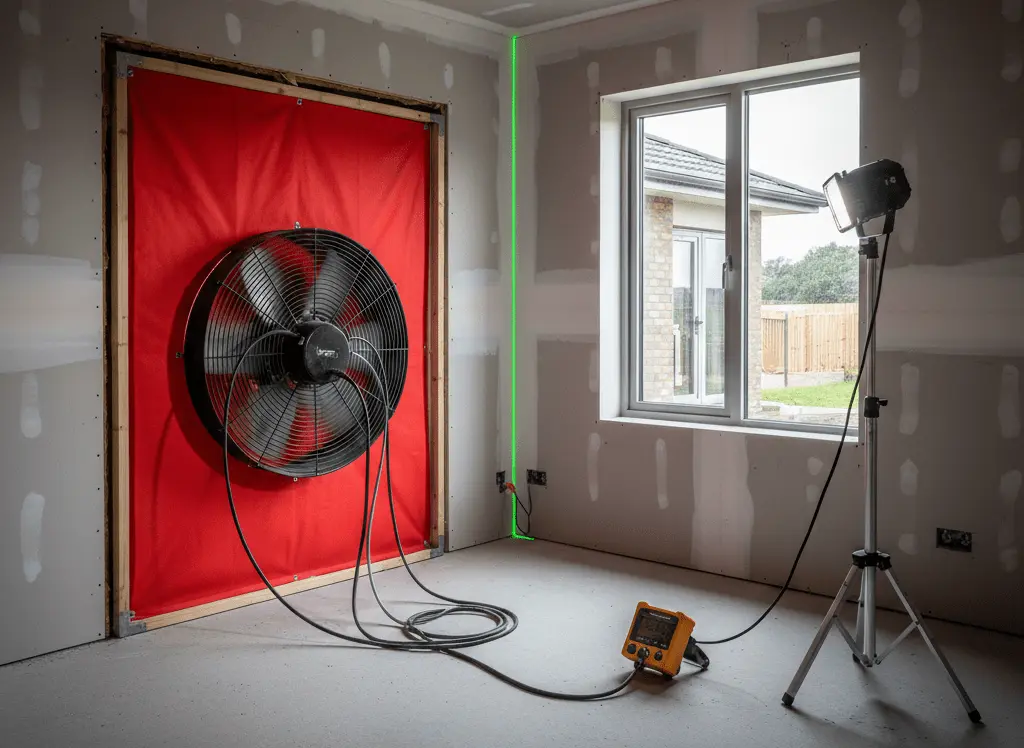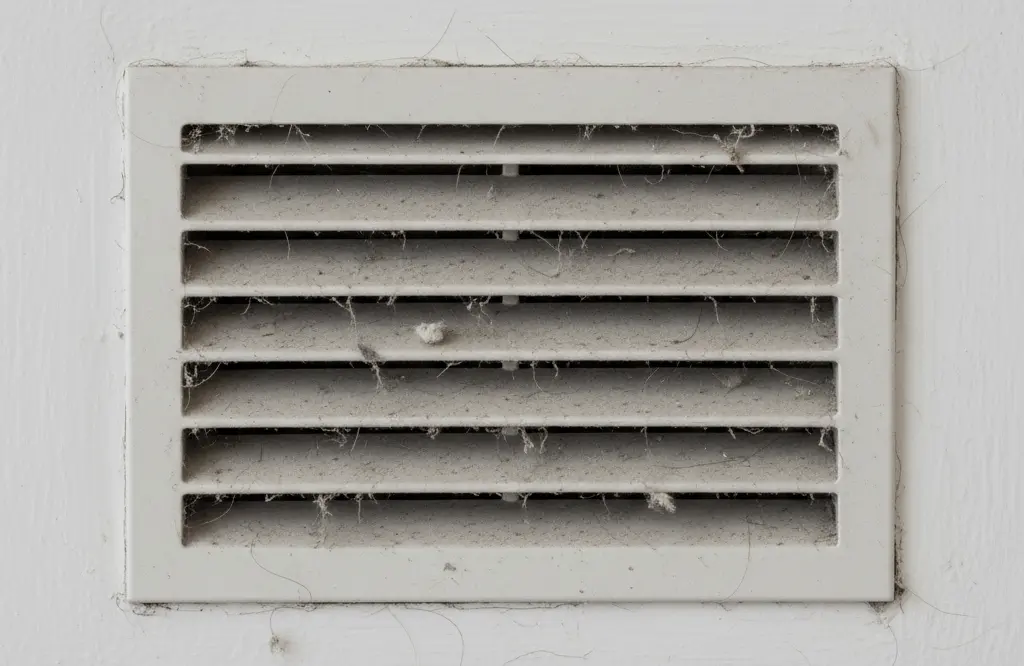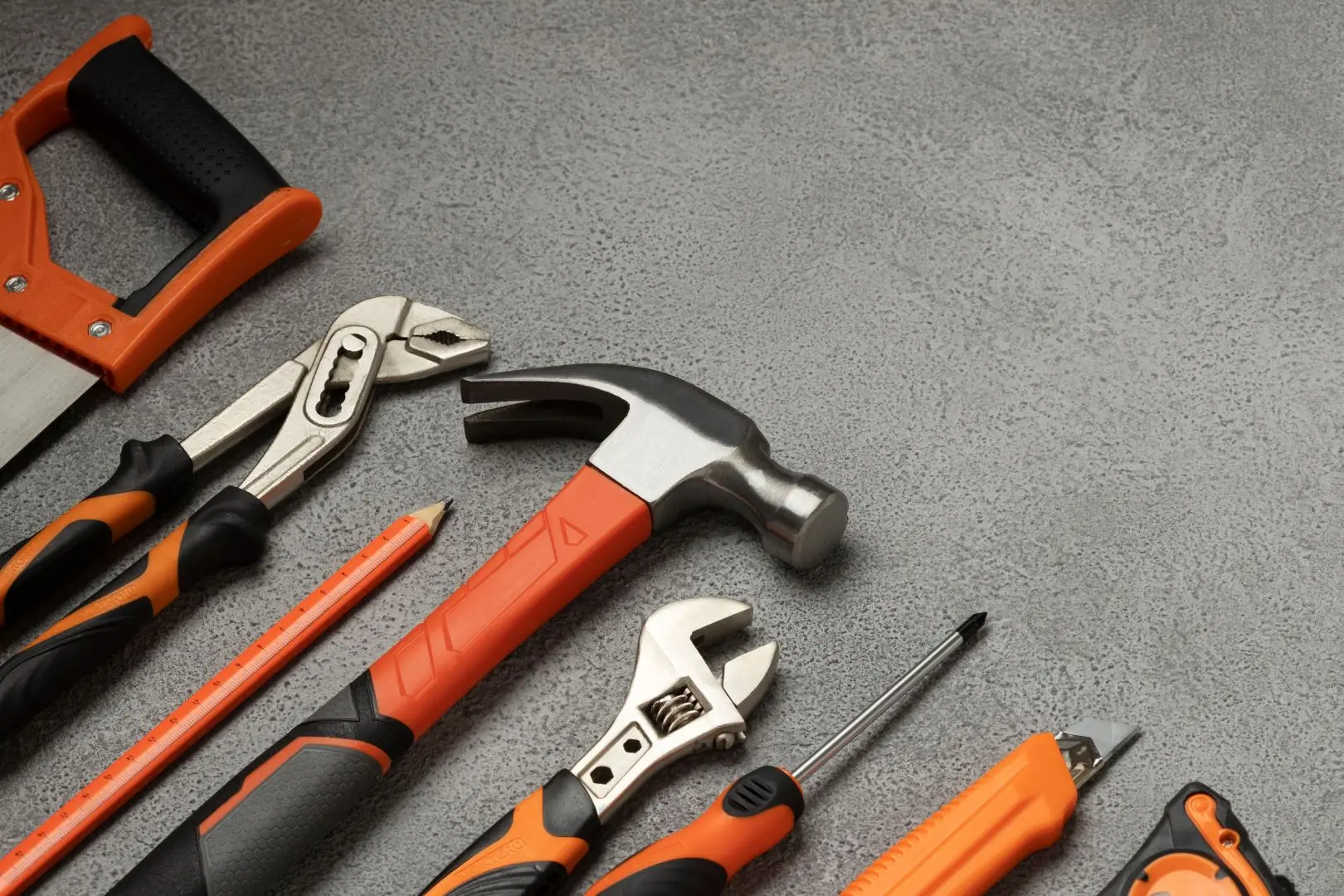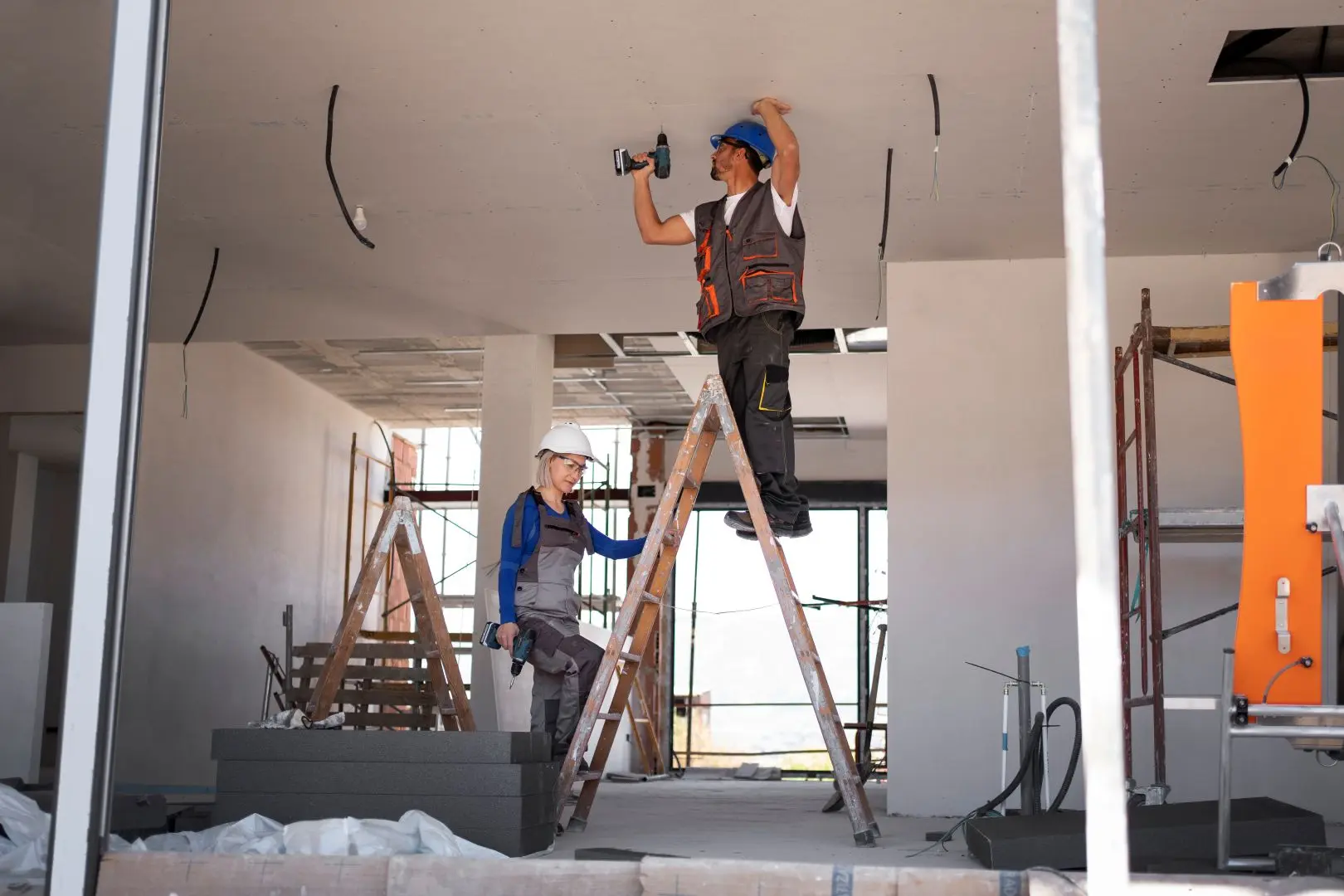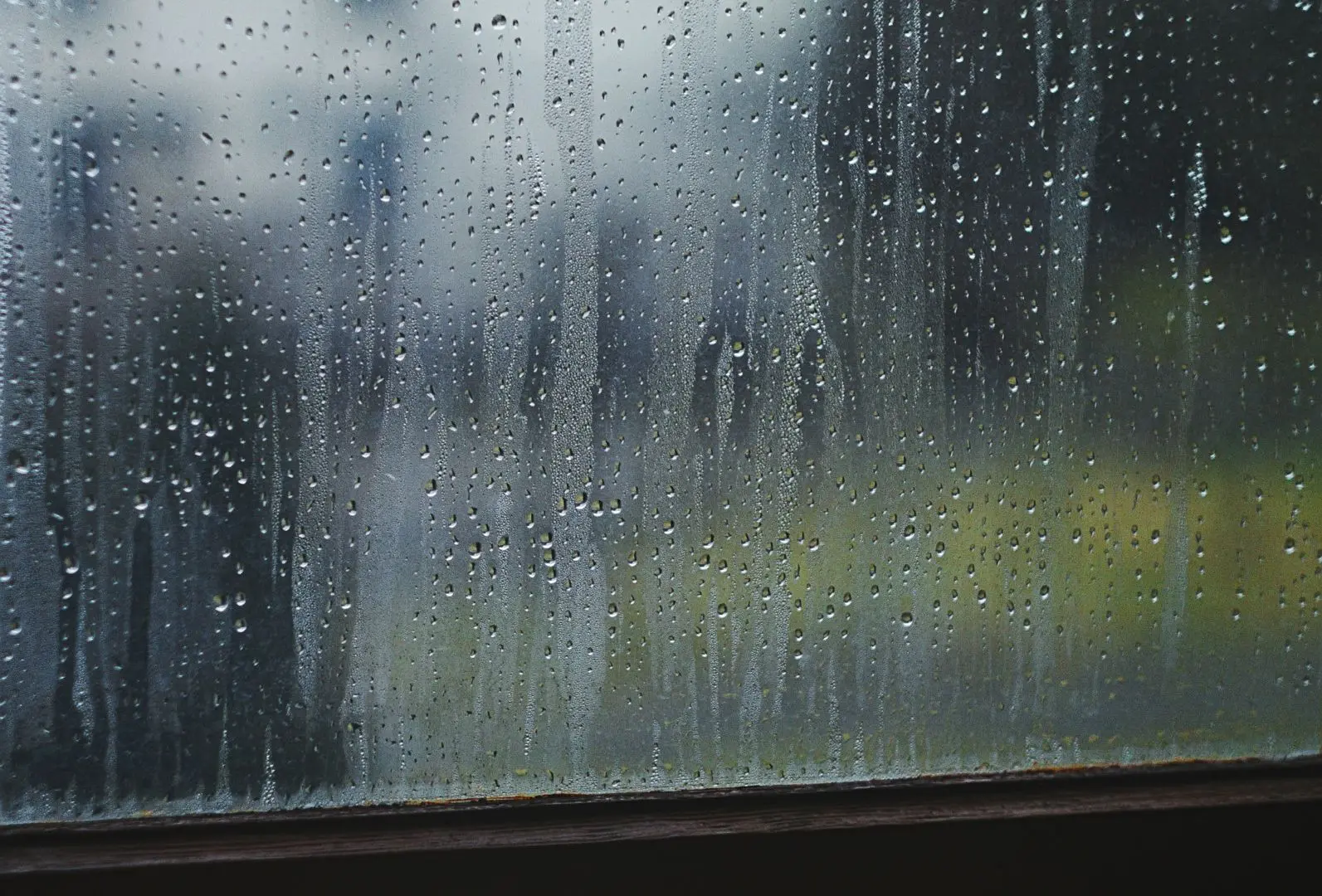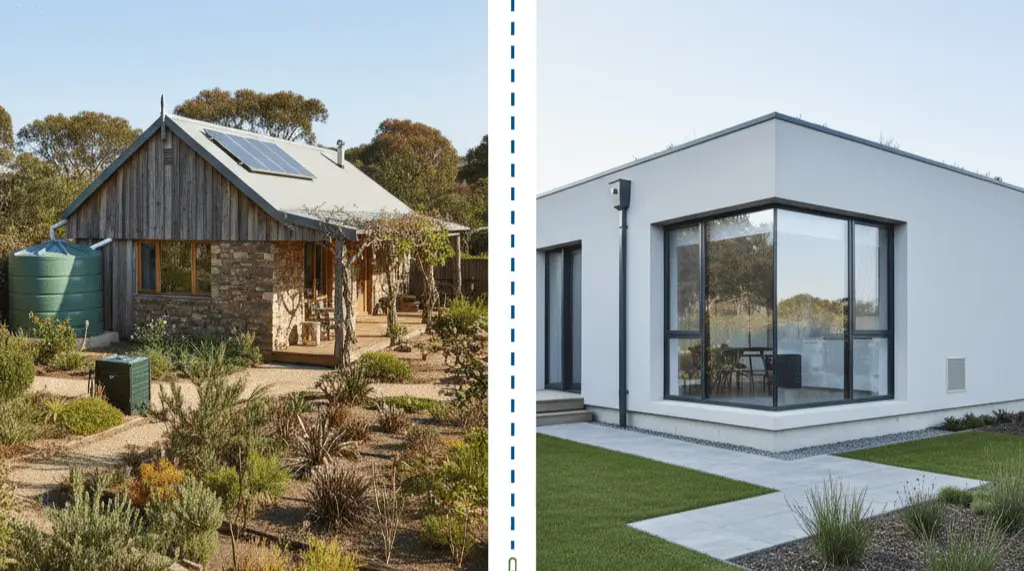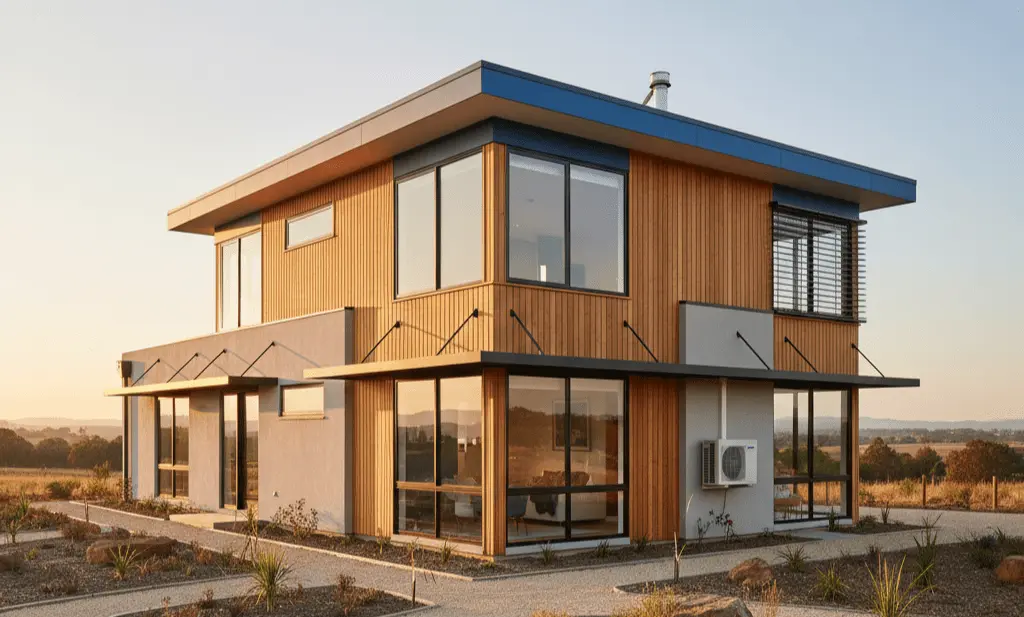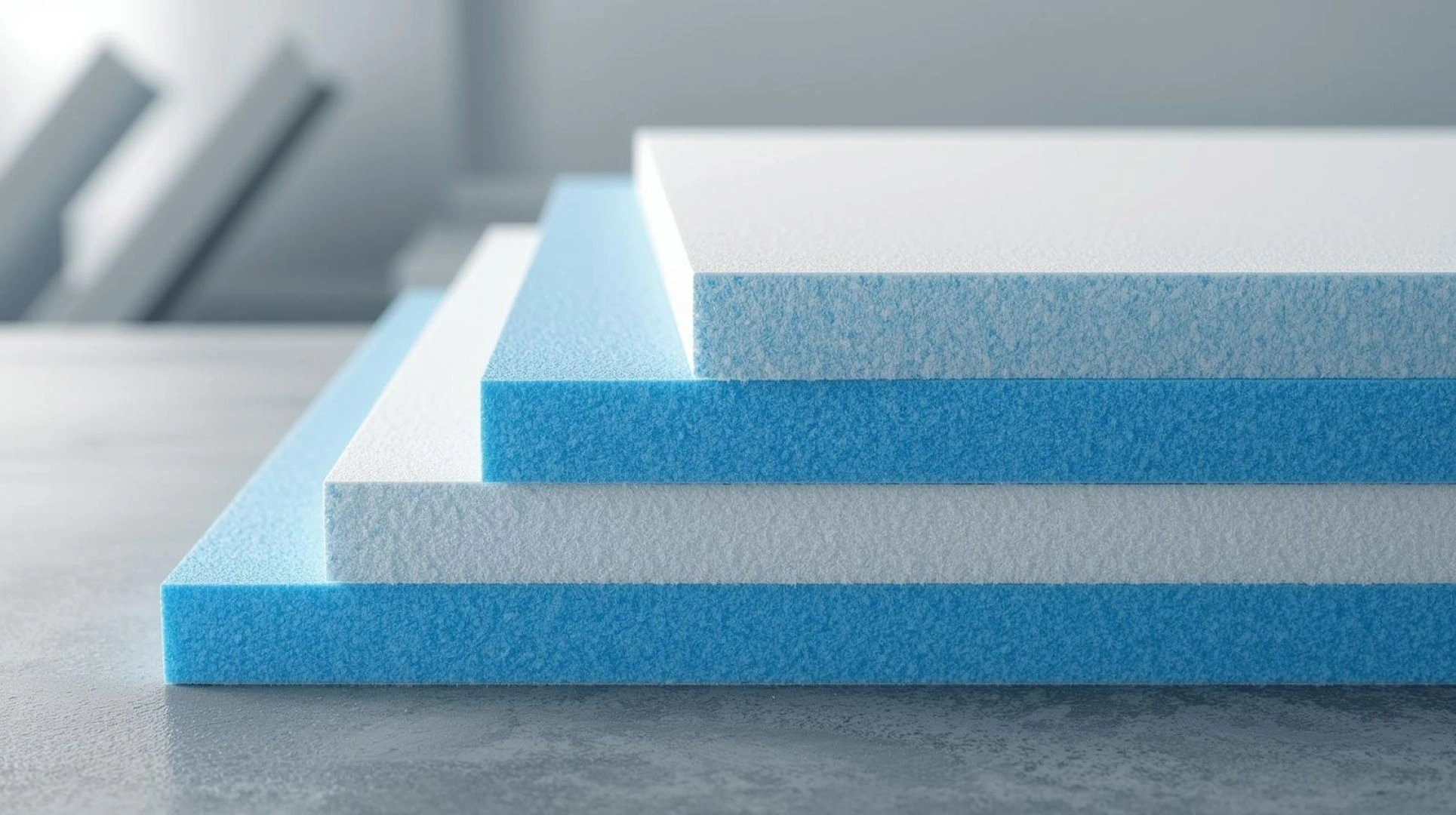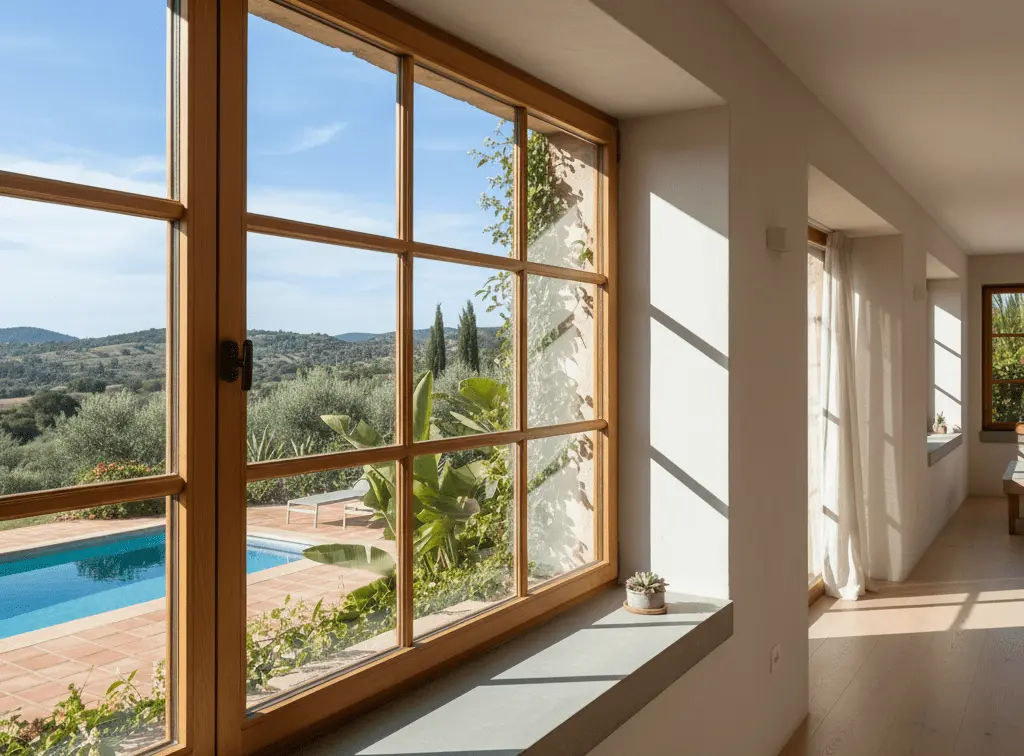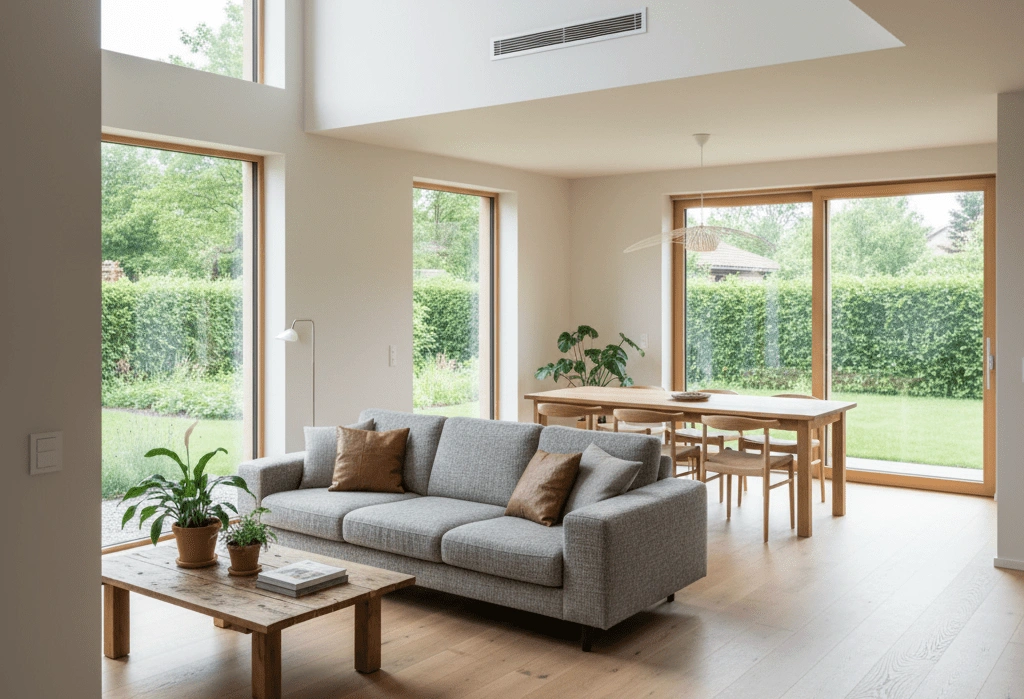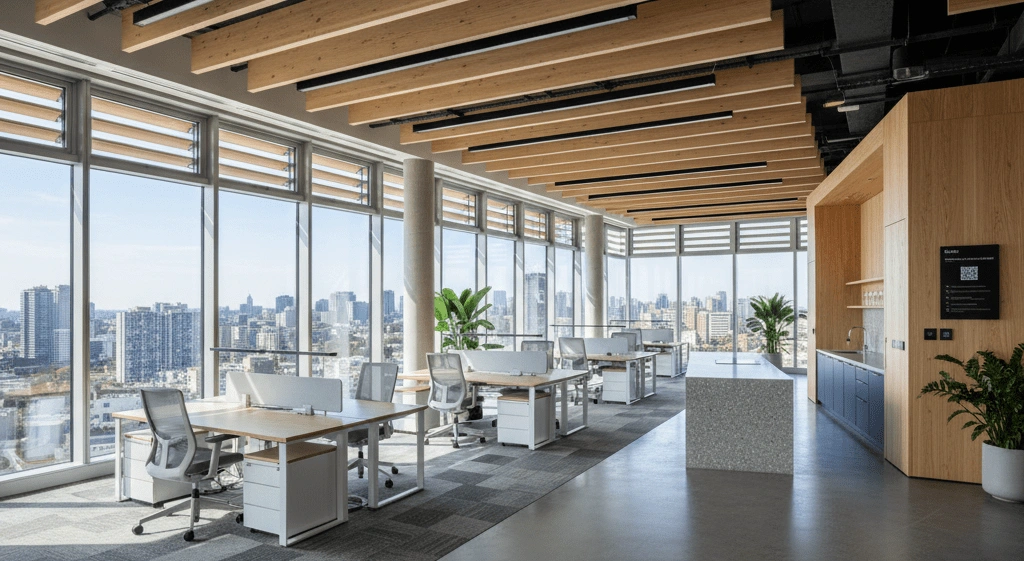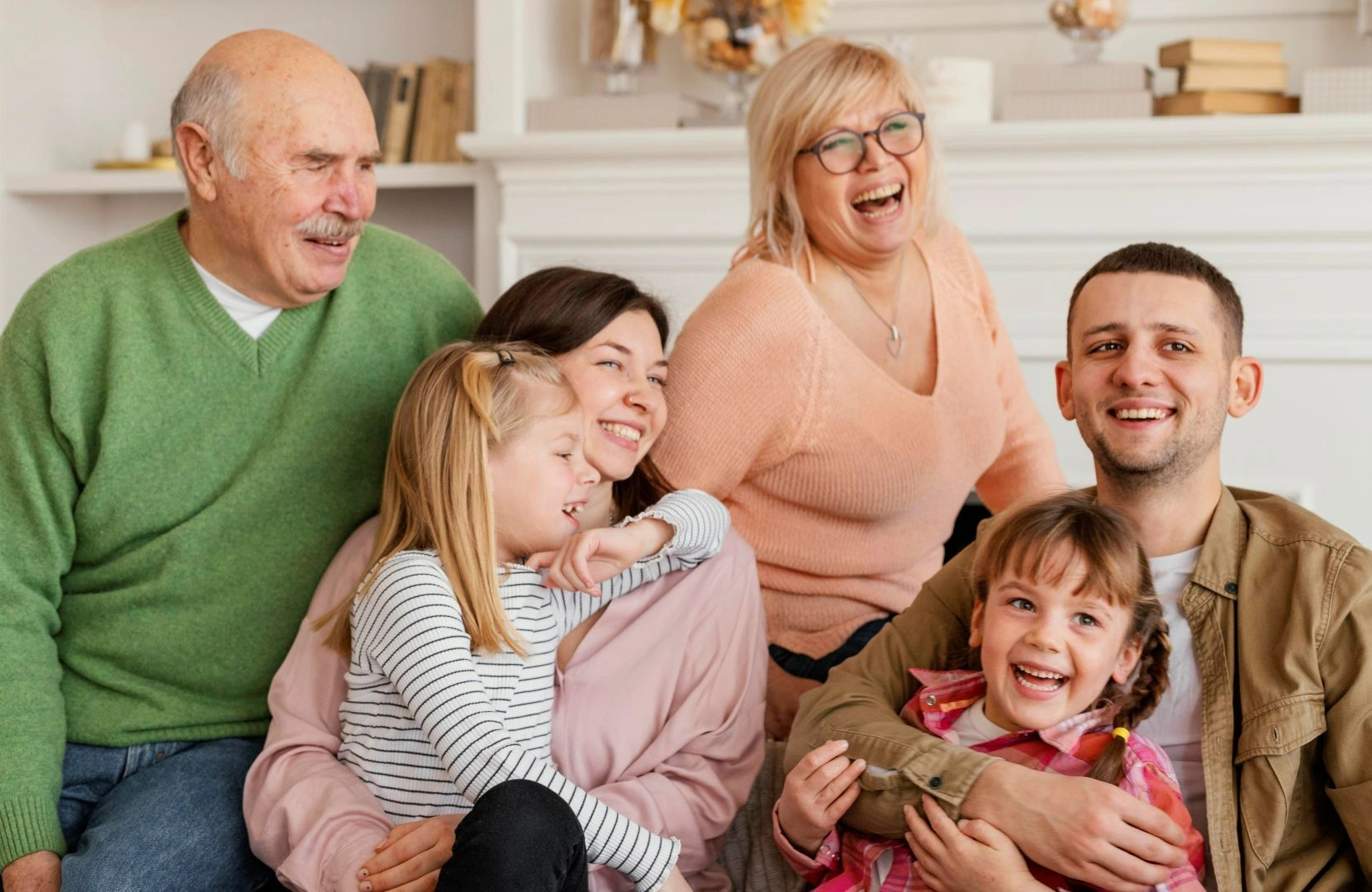The environmental benefits of passive houses
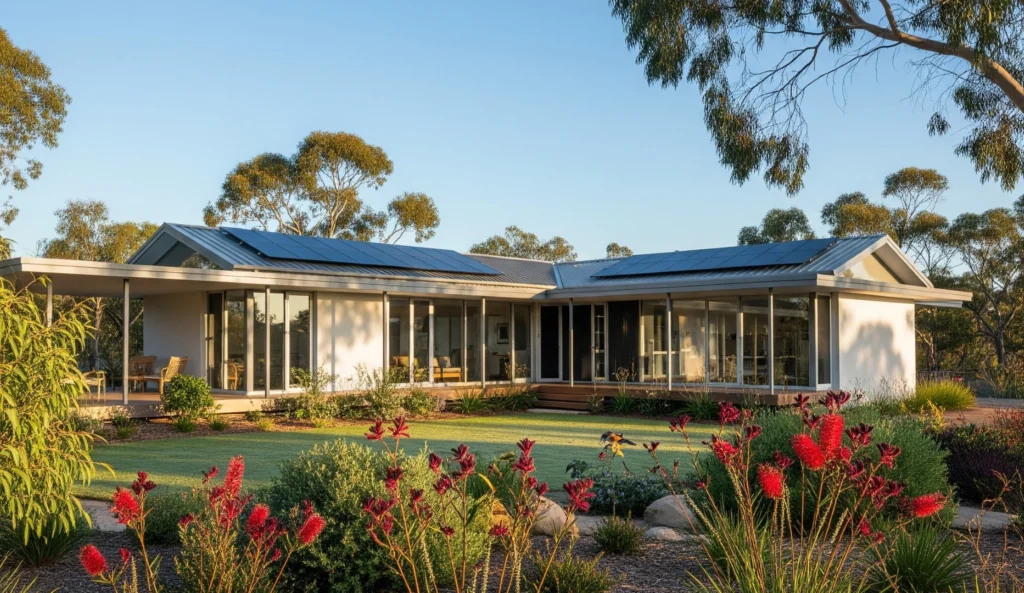
As climate change continues to shape how we think about housing, more people are exploring energy-efficient building options. One option is the passive house, which has made a name for itself in other parts of the world as a solution that reduces energy use, lowers carbon emissions and creates comfortable living spaces.
While the passive house movement is still growing in Australia, the principles of passive house design focus on maximising energy efficiency through careful planning, quality construction and smart use of natural resources.
This lends passive houses to be more environmentally friendly than some other traditional methods of residential construction. It also encourages homeowners to consider sustainability at every stage, from material selection to energy management, fostering a culture of environmentally conscious living.
Reducing carbon emissions
The most significant environmental benefit of a passive house is its minimal energy consumption. The heating and cooling of buildings is a major contributor to greenhouse gas emissions worldwide. In Australia’s varied climate, where a typical home may rely heavily on air conditioning in summer and heating in winter, the energy savings from a passive house design are particularly impactful.
A certified passive house can reduce energy for heating and cooling by up to 90% compared to a conventional home. This is achieved through a super-insulated, airtight envelope and a mechanical ventilation system with heat recovery. This drastically lowers the home’s operational carbon footprint.
When paired with renewable energy sources such as solar panels, a passive house can achieve net-zero or even become an energy-positive building. This means it generates more energy than it consumes, contributing clean energy back to the grid.
Minimising waste and material use
The “fabric-first” philosophy of passive building design also extends to how materials are used. The focus on quality and durability means a passive home builder will select long-lasting components.
High-performance windows, robust insulation and airtight membranes are built to last for decades, reducing the need for frequent replacements and minimising construction waste over the building’s lifespan.
The careful planning and precision involved in designing a passive house also leads to more efficient use of materials during construction. Waste on site is reduced because everything is carefully calculated and specified from the outset. Engaging with an experienced passive house builder in Australia ensures that care is taken during the construction process.
Extending longevity and reducing maintenance
The airtight, well-insulated construction of passive houses in Australia protects against moisture and temperature fluctuations, extending the life of structural components and finishes. Passive house designs create a stable, dry internal environment that prevents rot, mould and damage from expansion and contraction, reducing the need for repairs.
A carefully executed passive house design in Australia ensures every detail, from insulation to windows, is built to last. The result is a low-maintenance home that requires fewer repairs over time. By reducing demand for new materials and minimising construction waste, passive home builders create durable, environmentally sustainable homes.
These principles make passive home building not only energy-efficient but also a long-term investment in sustainability.
Protecting natural resources
A passive house also helps conserve other natural resources. While it is not a requirement for passive house certification, water conservation is often integrated into passive house designs. For example, the use of rainwater harvesting systems and low-flow fixtures can be included in the construction of your passive house.
The thermal performance of a passive design house also reduces the strain on the national energy grid, particularly during peak demand periods. In summer, air conditioners put a huge load on the grid, a large portion of which still relies on coal-fired power. Passive houses require far less electricity, helping to reduce reliance on fossil fuels and lower greenhouse gas emissions. This contributes to a more stable and resilient energy infrastructure for the community as a whole.
Improving indoor air quality
While often considered a personal benefit, the improved indoor air quality of a passive house has broader environmental implications. Passive houses use mechanical ventilation systems with heat recovery, which supply a constant flow of fresh, filtered air. This reduces indoor pollutants, allergens and mould growth.
A healthier indoor environment means less reliance on chemical air fresheners or treatments, which can contribute to environmental pollution over time.
Encouraging sustainable building practices
Widespread adoption of passive house design principles can drive innovation across the construction industry. Builders and architects develop new techniques for insulation, airtightness, window performance and ventilation systems that improve energy efficiency in all types of homes. Material sourcing also becomes more responsible, with greater use of low-embodied carbon, recycled or sustainably certified products.
As more passive home builders in Australia embrace these standards, the knowledge and technologies developed for certified passive houses often influence conventional construction methods. This raises overall building standards, encourages environmentally responsible practices and helps the wider housing sector reduce its carbon footprint.
In particular, passive house principles often exceed the minimum energy efficiency standards set by NatHERS, showing how higher-performance homes can outperform current regulatory requirements while still remaining cost-effective.
In this way, the impact of passive house designs extends far beyond individual homes. It can also help set benchmarks for future construction policies, inspiring broader adoption of green building practices across Australia.

